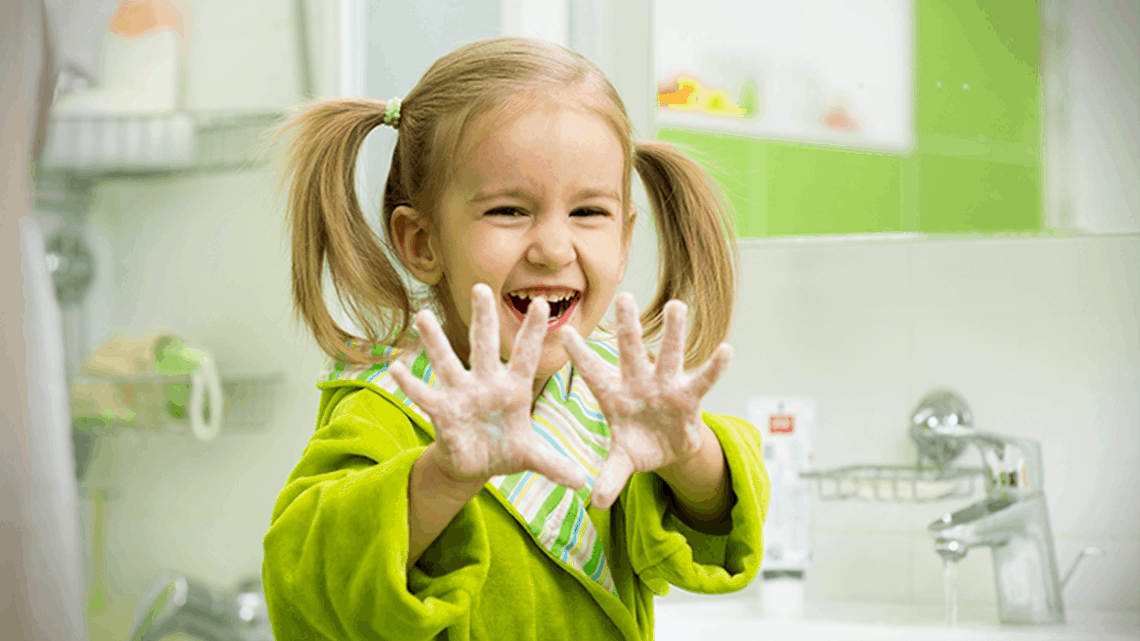Healthcare associated infections and how to prevent them
Preventing an infection by following hygiene protocols is easy but how do you protect yourself from infections that you can get by visiting hospitals?
Health care associated infections (HAI) are considered as one of the leading threats to patient safety within any given hospital. Although significant progress has been made in curbing the spread and deliverance of such infections via invasive or noninvasive medical equipment but still the threat remains.
One visiting the hospital should be well acquainted with such infections because this could help the treatment seekers demand top notch sterilization of medical instruments. In order to eliminate germs and use clean hospital instruments, hospitals employ proven sterilization process times and again.
Types of infections
According to the center for disease control and prevention (CDC) there are multiple types of hospital acquired infections which include catheter associated urinary tract infections (CAUTI), Central line-associated bloodstream infection (CLABSI), Ventilator associated pneumonia (VAP) and surgical site infection (SSI).
Catheter Associated Urinary Tract Infections (CAUTI)
An infection that affects any part of your urinary tract including bladder, urethra, kidney, ureters is known as a urinary tract infection. Among the hospital acquired infections, UTI’s are considered as the most common one. A great percentage, about 75% are caused by catheter – the tube that is inserted into the bladder via urethra for the purpose of urine drainage resulting from prolonged use of the catheter. There are a lot of guidelines that have been published against this subject that should be followed and implemented in order to drop down CAUTI rates.
Central Line Associated Bloodstream Infections (CLABSI)
Central lines are used to give nutrition, fluids, medicine, and blood to critically ill patients but infection transmitted into the blood stream through the central line leads to thousands of deaths every year and adds to the treatment cost all around the world. Constant monitoring and timely evaluation are required to curb the spread of such diseases which are easily preventable.
Ventilator Associated Pneumonia (VAP)
This is a type of lung infection that is caused by germs entering into the patient’s body while he/she is on ventilator. Ventilator is a machine that is used to assist patient’s breathing by providing them with oxygen via a tube passed into the mouth, nose, or a hole in the neck. In order to control the incidence of VAP, several guidelines have been given and proven preventive measures are applied throughout.
Surgical Site infection (SSI)
An infection that occurs on the site of the surgery after the surgery has taken place is known as a surgical site infection. Sometimes, the infection can only be a superficial one involving only the skin but sometimes the infection can involve the underlying tissue, muscles, or even bones. This is a serious complication and should be dealt accordingly.
Preventive measures
Apart from methods employed by the hospital such as disinfection or sterilization, there are other factors that you can too look out for. Using antibacterial wipes after each use of a medical equipment is a known method of curbing the spread of diseases. What you can do is ask your health care provider to follow the guidelines and preventive measures as advised by relevant authorities.
Another crucial method is to clean surfaces via medical grade disinfectant spray or any disinfecting solution. Maintaining environmental hygiene in a health care setting is extremely important as microorganisms such as clostridium difficile, vancomycin resistant enterococci (VRE), and methicillin resistant staphylococcus aureus (MRSA) are looking for ways to strike the already ill patients. Proper use of recommended disinfectants helps achieve the sanitization goal.
Maintaining impeccable hand hygiene is no doubt one of the most important ways to curb the spread of any disease inside and outside the hospitals. Washing hands times and again with a bar soap and water and where this facility is not available, using hand sanitizer helps control the spread of infection effectively.
The health care provider should be sanitizing or cleaning hands before touching a patient, after touching a patient, after body fluid exposure, before aseptic procedures, and after interacting with patient’s surroundings. For those of you who go to the hospitals can keep a check and remind your doctor if he/she forgets any of these steps. The annual death toll of Americans who die from hospital associated infections is more than 100,000 and might be greater across the world. This can surely be avoided if suitable preventive measures are taken and guidelines put into place.
